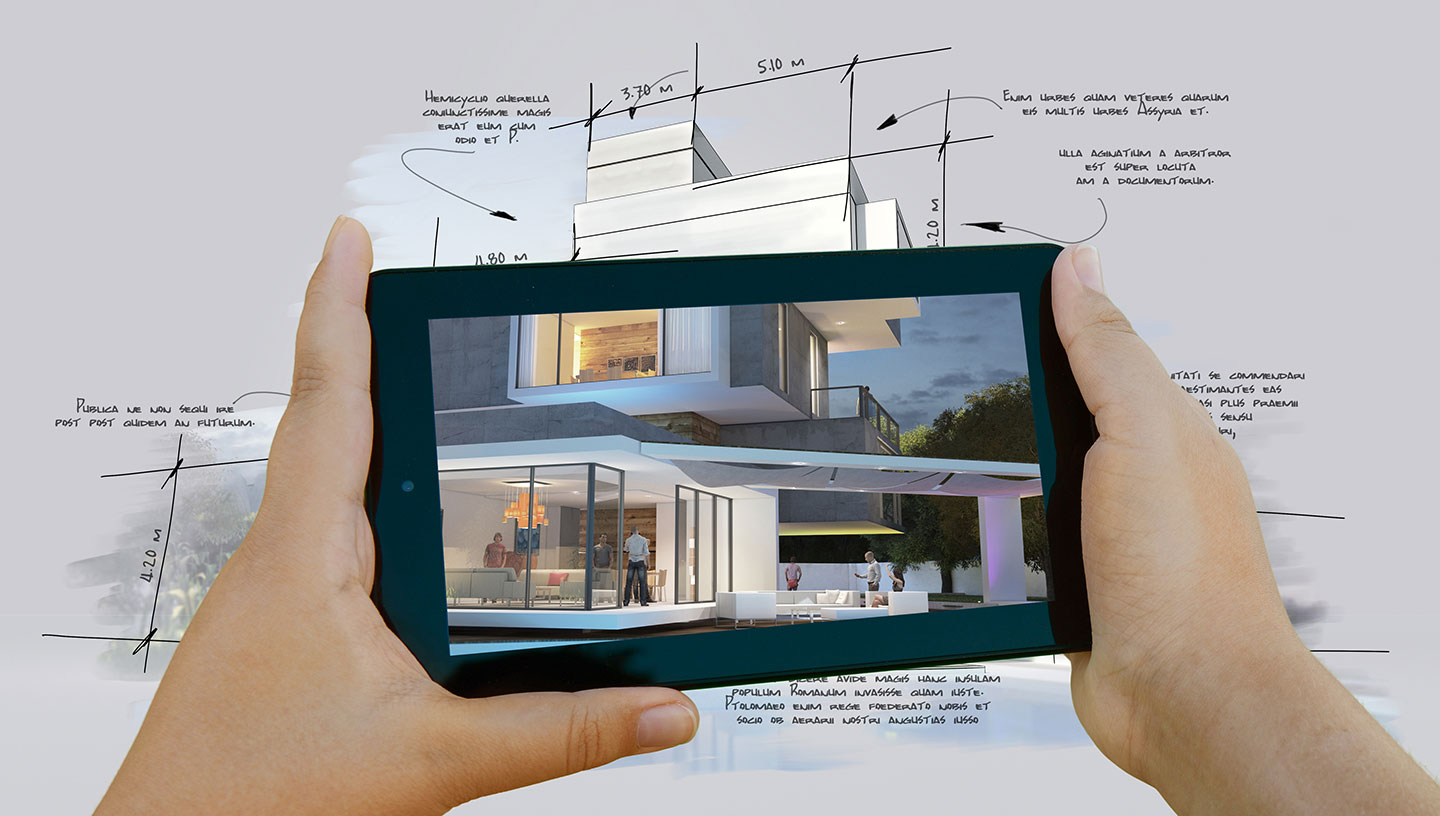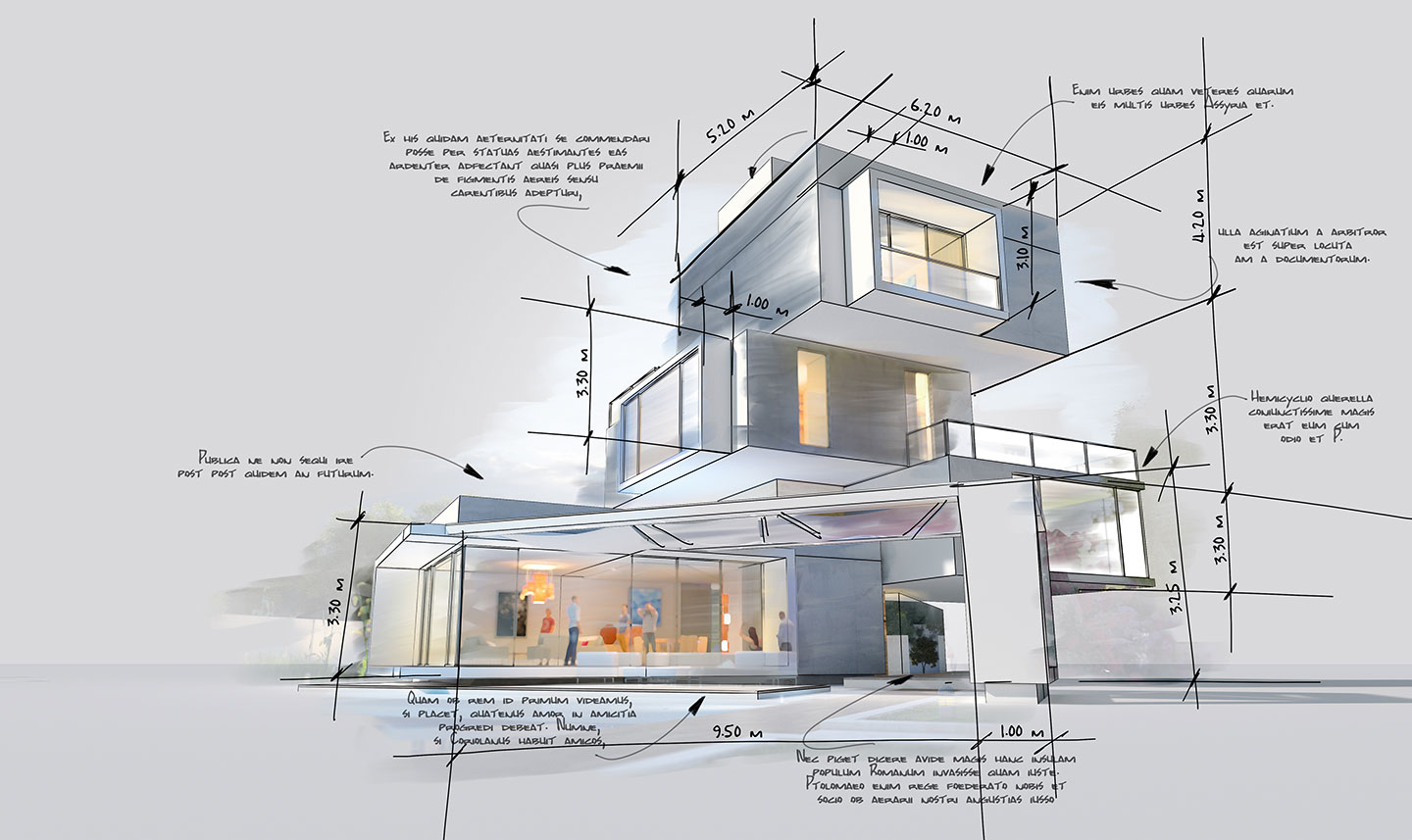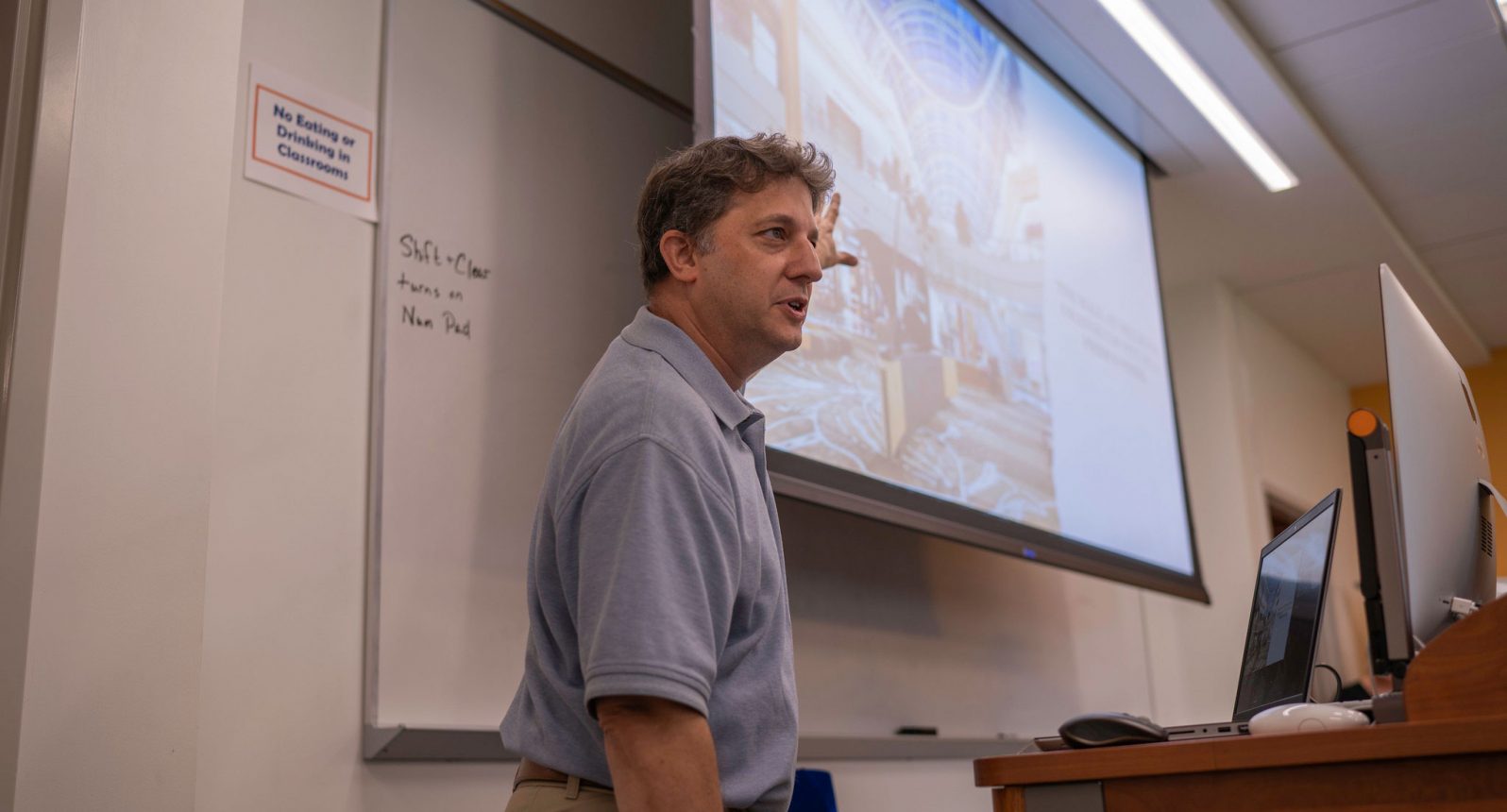As seen on Construction Dive:
Dive Brief:
Officials at Georgia Highlands College, located in Rome, Georgia, have created a Building Information Modeling and Virtual Design and Construction program that is slated to start in the spring of 2022. Georgia Highlands will join Purdue University as one of the few schools in the country with a degree program of this kind.

The four-year curriculum will feature advanced training in BIM and VDC technology, as well as business and construction management. It will also require students to undertake a capstone project, internship or both during their final year in the program.
A college spokesperson confirmed that the degree program will not have an enrollment cap. The program will seek accreditation from the Southern Association of Colleges and Schools in the fall.
Dive Insight:
The use of BIM and VDC in construction, which employ advanced computer modeling to “construct” a project digitally from the ground up before shovels ever turn actual dirt at the jobsite, is on the upswing across the world. The global BIM industry is projected to have a compound annual growth rate of nearly 14%, and generate a market value over $7.7 billion by 2025, according to research firm Market Reports World.

Georgia Highlands College is collaborating with construction technology firm Trimble to design curriculum for the program. Trimble also donated BIM and VDC software and technology to the program for use. Jason Christian, interim dean for Georgia Highland’s School of Science, Technology, Engineering, and Mathematics said in an email that it was the first program of its kind in Georgia, and the second nationwide.
Along with its foray into a fast-growing field, the college is also benefiting from donations by corporations focused on architecture, engineering and construction. The college partnered with SDS2, a software design company focused on construction modeling, which donated the software and technology for a learning lab at the college’s Cartersville location. The new lab features cutting-edge technology for modeling 3D steel detailing, according to a press release.

While the size and diversity of the construction market has presented challenges in the uniform rollout of BIM on projects globally, the growth in BIM is now leading governments to take notice. Around the world, countries are putting in BIM mandates on certain projects.
While the United States doesn’t have a national BIM mandate currently, some states, such as Wisconsin, require BIM on state-funded projects. And at the federal level, the U.S. Army Corps of Engineers has integrated BIM requirements into its contracts.



